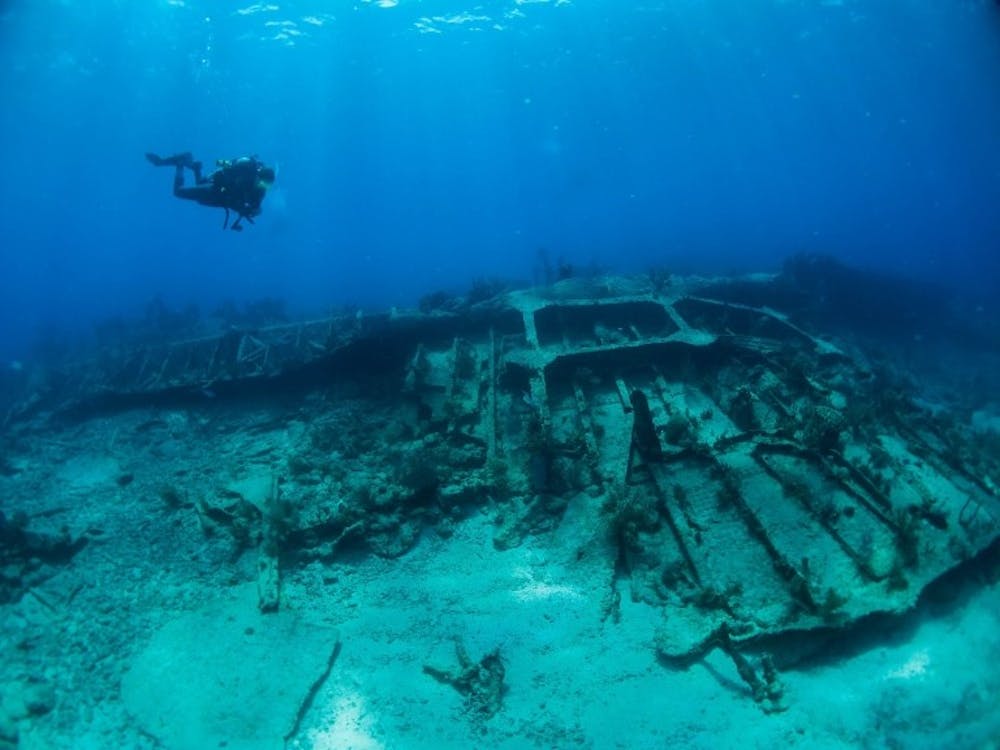IU’s Center for Underwater Science and the National Oceanic and Atmospheric Administration signed an agreement in February that will make it easier for students and researchers to do research in the Florida Keys National Marine Sanctuary.
The five-year agreement was granted to only one other university, the University of Miami, according to an IU press release.
“We look forward to enhancing our partnership with NOAA and providing even more opportunities for IU students to engage in scholarly research,” said Charlie Beeker, director of the Center for Underwater Science at the School of Public Health-Bloomington, in the press release.
Tori Galloway, an IU sophomore studying underwater archaeology, will be interning with NOAA this summer. Tori works as a research assistant at the Center for Underwater Science.
"I'm really excited for the work that's going on here and how many undergraduates we're incorporating in it, because that's something that doesn't happen very often," Galloway said.
IU has archival data on the 1733 shipwrecks in the Florida Keys dating back to 1988, Galloway said. She will be comparing this data to the shipwrecks as they are now.
Galloway said this data is rare, because 20 to 30 years ago, monitoring the biology of the sites wasn’t considered important, because people didn’t think they could hurt the ocean.
“It's nice to be able to go back and look at monitoring from such a long-term perspective," Galloway said.
In addition to this research, almost a dozen students will work with NOAA swimmers and divers in June to photograph shipwrecks and build 3-D models of the wrecks.
The models will allow the center to monitor the biological resources at the wreck, Galloway said.
Matt Lawrence, a maritime archaeologist at the NOAA, said he’s looking forward to collaborating with IU.
He said the partnership will provide more opportunities for IU students and bring new techniques to the marine sanctuary.




